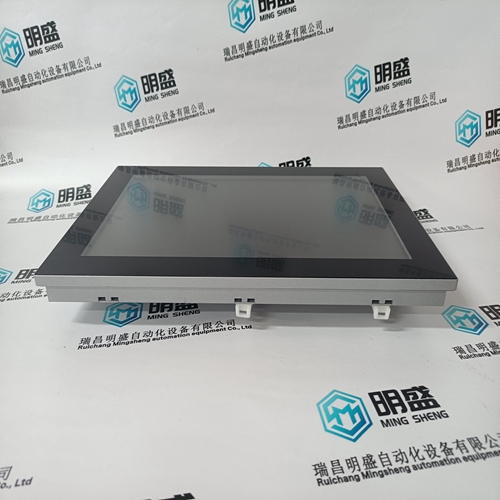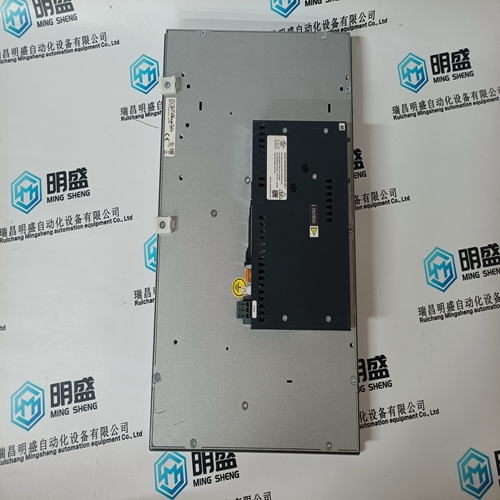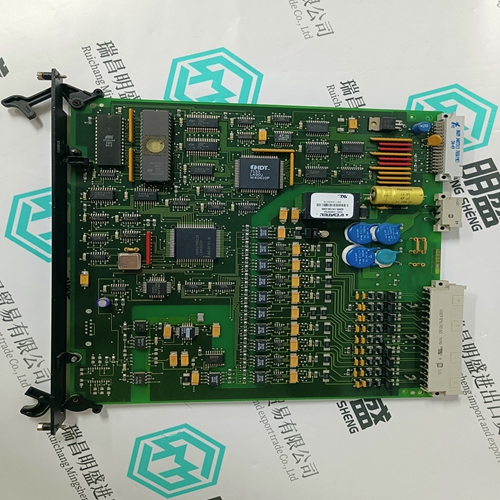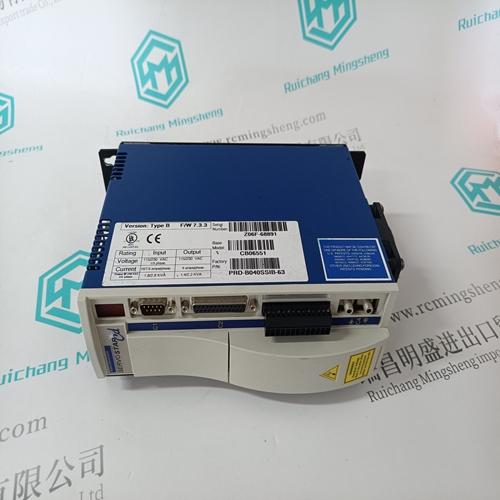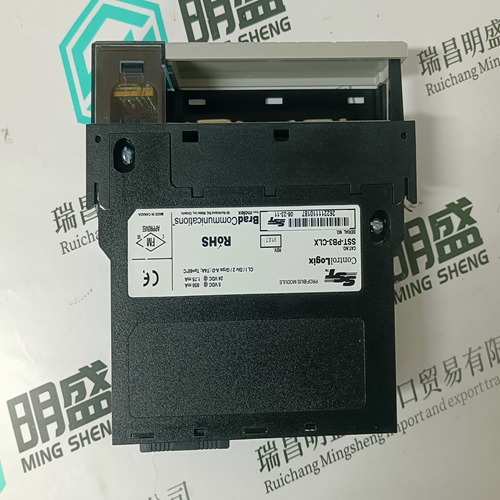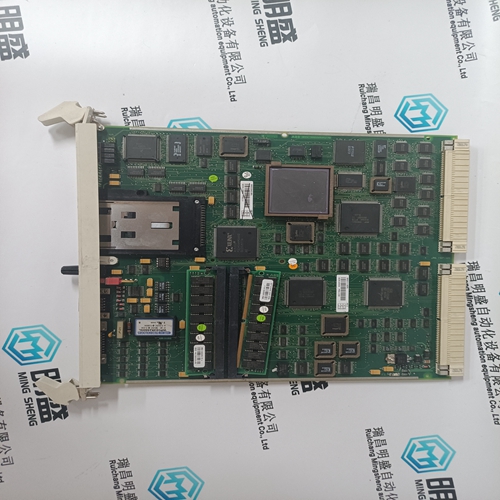Home > Product > Servo control system > B&R 5AP1130.156C-000 Touch screen
B&R 5AP1130.156C-000 Touch screen
- Product ID: 5AP1130.156C-000
- Brand: B&R
- Place of origin: the United States
- Goods status: new/used
- Delivery date: stock
- The quality assurance period: 365 days
- Phone/WhatsApp/WeChat:+86 15270269218
- Email:stodcdcs@gmail.com
- Tags:B&R5AP1130.156C-000Touch screen
- Get the latest price:Click to consult
The main products
Spare parts spare parts, the DCS control system of PLC system and the robot system spare parts,
Brand advantage: Allen Bradley, BentlyNevada, ABB, Emerson Ovation, Honeywell DCS, Rockwell ICS Triplex, FOXBORO, Schneider PLC, GE Fanuc, Motorola, HIMA, TRICONEX, Prosoft etc. Various kinds of imported industrial parts
Products are widely used in metallurgy, petroleum, glass, aluminum manufacturing, petrochemical industry, coal mine, papermaking, printing, textile printing and dyeing, machinery, electronics, automobile manufacturing, tobacco, plastics machinery, electric power, water conservancy, water treatment/environmental protection, municipal engineering, boiler heating, energy, power transmission and distribution and so on.
B&R 5AP1130.156C-000 Touch screen
Key data for resolver as motor encoder: Pin assignment: in accordance with Chapter 4.3.2, Table 4-13 Number of pole pairs: 1 or equal to the pole–pair count of the motor Resolver excitation: the control unit produces the voltage with 4.3 VRMS at 9.6 kHz Nominal input voltage of the controller: sin/cos 2.0 VRMS Transmission coefficient of the resolver: approx. 0.46 at 9.6 kHz (often described with 1:2 transformation ratio in the datasheets) The resolver excitation is controlled within the control range to provide the input voltage of 2.0 VRMS. Maximum excitation current: 28 mARMS (corresponds to the minimum magnitude of 154 Ω of the complex input impedance of the resolver) Note The named key data represent starting values for the selection of the resolver but not a complete specification of the resolver interface. In specific cases, the user must check whether the chosen resolver in the complete system meets the requirements.

Encoder sin/cos 1 Vpp
– ”High Performance” and SIMODRIVE 611 universal control units can be parameterized for encoders up to 65,535 incr./rev. The increment value is increased by the factor 2048 using pulse multiplication in the evaluation of the modules. Encoders with 2048 incr./rev. are used in preference. The resolution is then approx. 4.2 million incr./rev. An increment then represents on a 10 mm spindle (10 mm/(2048 2048) = 2.4 nm. – This means the ”High Standard” control unit with a pulse multiplication of 128 with the standard encoder would then be resolved theoretically up to (10 mm/2048/128) = 38 nm with the 10 mm spindle. – For direct measuring systems (internal pulse multiplication also 2048), an encoder pulse number up to 32 bits can be set. – Linear scales can be parameterized with grid divisions from 0 to 8,388,607 nm. Linear encoders with 20 μm grid division are used primarily; the resolution is then (20 μm/2048) = 10 nm. – The encoder limit frequency fG, with sin/cos 1 Vpp encoders, for ”High Performance” and SIMODRIVE 611 universal control units can be as high as 350 kHz, with secondary conditions up to 420 kHz, and max. 200 kHz for ”High Standard” control units. – With the encoder 2048 incr./rev., with 350 kHz (60s/2048) up to 10,250 RPM can be processed. – The ”High Standard” control unit with the standard encoder permits max. 200 kHz (60s/2048) up to 5,860 RPM. – Linear encoders (20 μm grid) permit speeds with 350 kHz (20 μm 60s) up to 420 m/min.
Resolver
– The SIMODRIVE 611 universal control unit in the variant with resolver (1 – 6 pole pairs) permits resolutions with 12– or 14–bit and encoder limit frequencies up to 432 Hz or 108 Hz. – For a resolver with 1 pole pair, 12– or 14–bit achieves the resolution 4,096/rev. or 16,384/rev. namely 4,096 incr./rev. or 16,384 incr./rev. – The position resolution with 10 mm spindle pitch corresponds theoretically to 2.5 μm or 0.6 μm. The values are correspondingly more favorable for resolvers with a higher number of poles, e.g. for six pole pairs. – Maximum speeds can be achieved with 12 bits and for pole pair 1 to 432 60 = 26,000 RPM and with 14 bits up to approx. 6,500 RPM. Resolvers with a larger number of poles, e.g. six pole pairs, permit only correspondingly lower speeds. Note Because encoder systems (as result of excitation frequency, excitation amplitudes, windings, non–symmetry of the poles) can exhibit relatively high tolerances in the evaluation for analog/digital conversion, the actually achievable values are significantly lower in practice.
